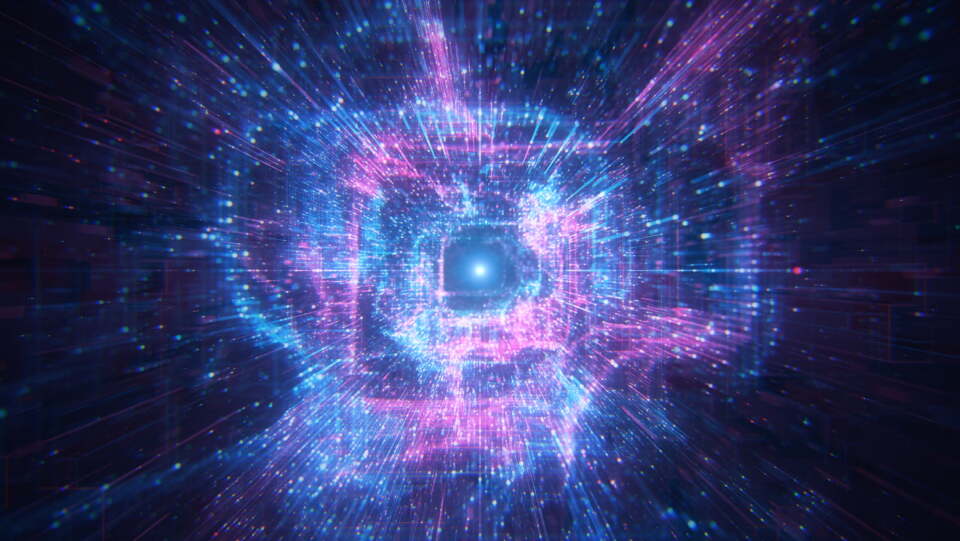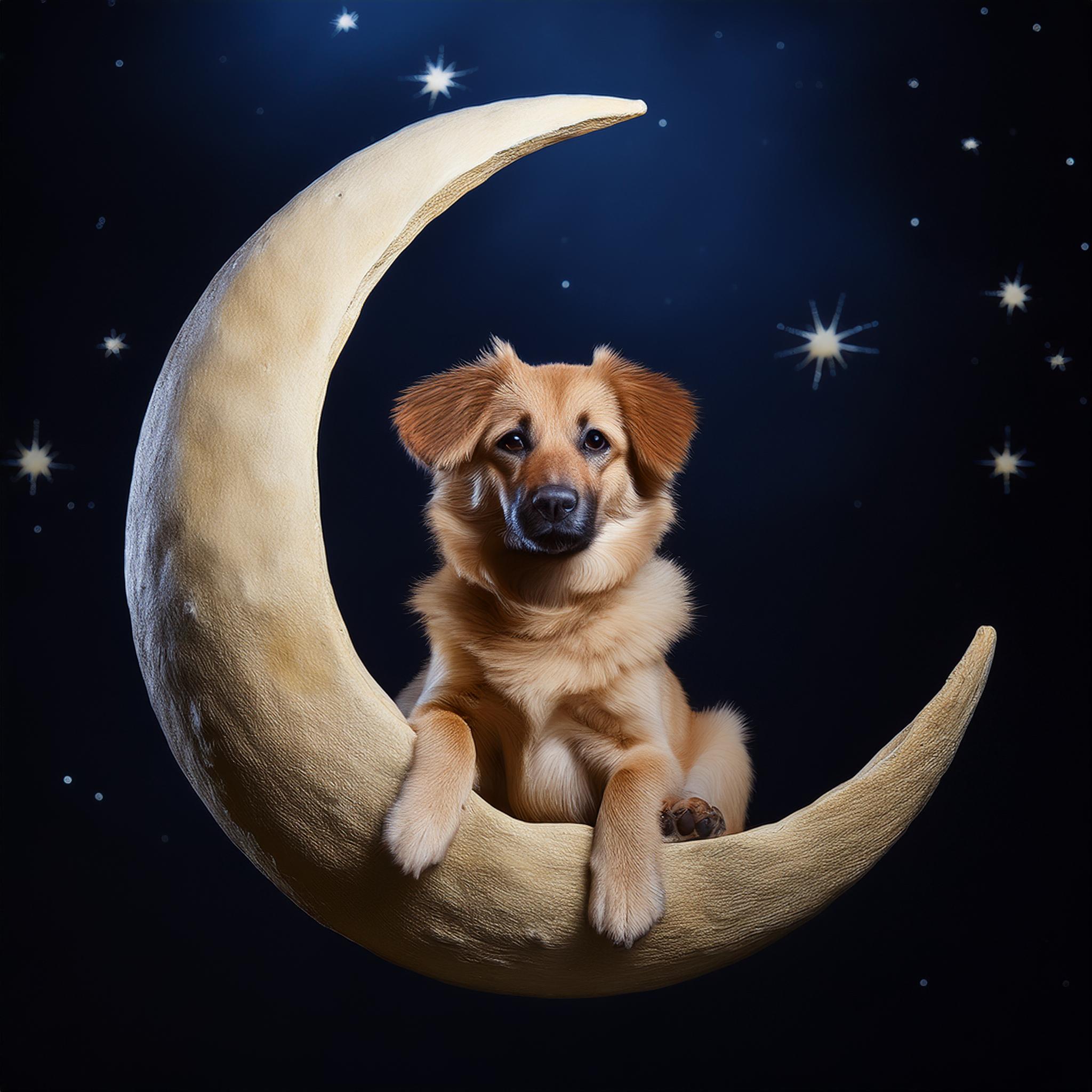
When it comes to bespoke design, especially in terms of creative communications – the storytelling, the feeling and, most importantly, the creative difference are what make businesses stand out and messages resonate – AI can’t replicate the individual touch of an experienced designer. Yet. So watch this space...
Stay informed with regulations, insights & events by joining our mailer
Is AI going to revolutionise the creative process or is it just too iterative to offer bespoke solutions?
How far we’ve come
I remember trying Dall-E a couple of years ago and being shocked that you could simply type in any series of words and it would generate digital images. “A dog sitting on the moon”? Sure. “Add a mohawk to Mona Lisa”? Done.

Now, image generation is so prevalent that the latest Google Pixel phone includes the ability to edit, extend or generate the photos you take using AI.
Adobe – which owns some of the design world’s most popular software, such as Acrobat and Photoshop – has its own generative AI service called Firefly that is embedding more and more features within its apps . You can now use “generative fill” on any image in Photoshop to edit and add elements with a simple prompt. What was groundbreaking just a few years ago is now the standard today.
Helping with the basics
AI can help significantly with the basics for people who don’t have the skills – or the software – to design. Tools such as Canva, which have become popular in the last few years, utilise AI to help with design and layout.
AI tools for design professionals currently play a supportive role, for tasks such as cropping or extending images. This supportive role often reduces the amount of time required to complete elements of a workflow that would otherwise be time consuming. A designer favourite is having the ability to extend images past the crop provided to make them more versatile to use : a process that used to take anywhere from 10–20 minutes now takes a matter of seconds with very little input.
Another aspect where AI can help is with pitching: it can act as a starting point for copy and ideas, creating efficiencies in often compressed timelines which agencies may never see revenue from. It’s not going to give you the finished product – especially as the copy can often sound manufactured – but it does get the ball rolling, quickly.
Inspiration or identical?
There are growing concerns that AI design tools rely on plagiarism, which can damage creativity and uniqueness.
Figma was under fire following the launch of its AI design tool when users discovered it was replicating the design of the Apple weather app to a worryingly close degree. Aspects of the application were essentially identical, down to the use of the same icons. Figma took its "Make Design” offline shortly after the story broke, but the problem of AI tools mimicking other pieces of work, and the potential copyright/IP issues that could follow, still stands.
The problem at the heart of generative AI’s plagiarism issues is the way that this AI is trained. After all, it learns how to create work by studying the material it is fed. This means that AI will only ever be able to replicate aspects of the material from its training – currently it’s not capable of creating something truly original.
It’s worth noting that some of the tools are not perfect either: if you ask AI to make a photo of you younger, it may just change your face to be someone else’s face altogether. Technically, you are younger, but it’s not actually you anymore!
The human touch
Workflow optimisation allows designers to spend more time working on other, more important aspects of a project that require more time to get right, such as storytelling and delivering unique solutions that are tailored to a company’s history and core messages.
There is a craft behind good design that isn’t easy to replicate. Plus, knowledge and experience are needed to understand the quality of the output and how it fits the brief.
When it comes to bespoke design, especially in terms of creative communications – the storytelling, the feeling and, most importantly, the creative difference are what make businesses stand out and messages resonate – AI can’t replicate the individual touch of an experienced designer. Yet. So watch this space...